
When Nighttime Leg Cramps Become a Concern

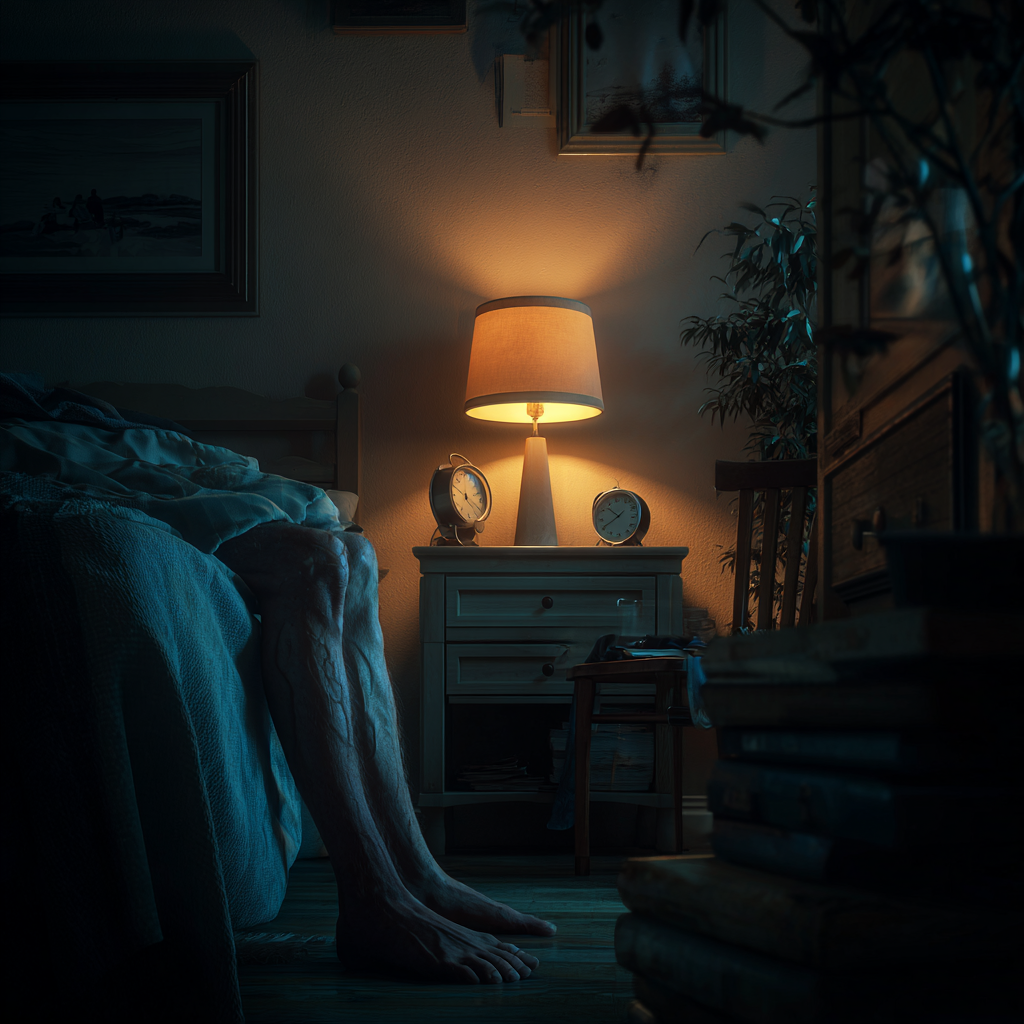

Waking up in the middle of the night with a sharp pain in your calf is more common than you might realize. Nighttime leg cramps—sudden, involuntary contractions of muscles, most often in the calves or feet—affect millions of people worldwide. While often dismissed as harmless or attributed to aging, dehydration, or overexertion, these cramps can sometimes signal underlying health issues that deserve attention.
So, how do you know when to take them seriously?
When Nighttime Leg Cramps Might Be a Concern
Occasional Cramps: Usually Harmless
Most nighttime leg cramps are benign and temporary. Common causes include:
-
Overusing muscles during the day, especially from exercise or physical labor
-
Dehydration, which can affect nerve and muscle function
-
Standing or sitting in one position for extended periods
-
Sleeping with your feet or legs in awkward positions
-
Electrolyte imbalances, particularly low magnesium, potassium, or calcium
-
Pregnancy, which can place extra strain on muscles and circulation
For many people, cramps occur sporadically, are relieved by gentle stretching, and then vanish for weeks. However, frequent or severe cramps could indicate something more significant.
When to Be Concerned
Nighttime leg cramps may warrant medical evaluation if they meet one or more of the following criteria:
-
Frequent Occurrence
If you experience cramps more than three nights per week, it may point to circulation issues, nerve problems, or other systemic imbalances. Increasing frequency over time is especially concerning. -
Severe Pain or Prolonged Duration
Typical cramps last seconds to minutes. Persistent, intense pain, or soreness that lasts hours, could signal circulatory or neurological complications. -
Sleep Disturbances
Chronic interruptions of sleep due to cramps can lead to fatigue, irritability, or mood changes, including depression. If cramps are consistently robbing you of restful sleep, seek medical advice. -
Other Symptoms
Watch for:
-
Daytime muscle weakness
-
Swelling in legs or feet
-
Numbness, tingling, or burning sensations
-
Dark or tea-colored urine
-
Unexplained fatigue
These may indicate conditions such as peripheral artery disease, kidney dysfunction, diabetic neuropathy, or serious electrolyte imbalances.
-
Medication Side Effects
Some drugs are known to trigger cramps, including:
-
Diuretics (for high blood pressure or heart disease)
-
Statins (cholesterol-lowering medications)
-
Beta-blockers
-
Certain asthma medications
If cramps appear after starting a new medication, consult your doctor rather than stopping the drug on your own.
-
Age and Chronic Health Conditions
Older adults and those with diabetes, thyroid problems, or vascular issues may be more susceptible to cramps beyond simple overuse of muscles.
Causes of Nighttime Leg Cramps
Several factors commonly contribute to nighttime muscle spasms:
-
Dehydration: Reduces blood volume and affects nerve signaling
-
Electrolyte Imbalances: Low magnesium, potassium, or calcium disrupt muscle contraction
-
Poor Circulation: Limited blood flow can trigger cramps
-
Nerve Compression: Conditions like spinal stenosis affect nerve signals
-
Prolonged Inactivity: Sitting or lying in awkward positions for hours
-
Intense Exercise: Overexertion without proper recovery strains muscles
Preventing Nighttime Leg Cramps
While nighttime leg cramps can feel random, many are preventable through lifestyle adjustments and proactive care. Here’s an expanded guide to reducing cramps and protecting your sleep:
1. Stretch Before Bed
Gentle stretching improves muscle flexibility, blood flow, and reduces overnight tightness. Focus on calves, hamstrings, and feet.
Sample routine (2–3 minutes):
-
Calf stretch: Stand facing a wall, one foot back, lean forward, hold 20–30 seconds
-
Hamstring stretch: Sit on your bed, extend one leg, reach for your toes
-
Ankle circles: Rotate each ankle 10 times each direction
2. Stay Hydrated
Water supports nerve and muscle function. Aim for 6–8 glasses per day, more if active or in hot climates.
Tip: Pair water intake with foods rich in electrolytes like bananas, avocados, spinach, and yogurt.
3. Replenish Electrolytes
Magnesium, potassium, calcium, and sodium are vital for proper muscle function.
-
Magnesium: Almonds, pumpkin seeds, dark chocolate, leafy greens
-
Potassium: Bananas, sweet potatoes, oranges
-
Calcium: Dairy, tofu, fortified plant milks
-
Sodium: Moderate intake through sea salt or broth
Consider supplements only under medical guidance.
4. Keep Moving During the Day
Prolonged sitting or standing stiffens muscles.
-
Take brief walks or stretch hourly
-
Use a standing desk or footrest
-
Engage in low-impact exercises like walking, swimming, or cycling
5. Choose Proper Footwear
Supportive shoes reduce muscle strain. Avoid high heels or flat, worn-out shoes; opt for cushioned, arch-supportive footwear.
6. Optimize Sleeping Position
Avoid plantar flexion (pointed toes) that shortens calves.
-
Keep feet neutral
-
Place pillows under knees or feet
-
Sleep on your back with slight elevation of legs
7. Use Heat and Massage
Warm baths, Epsom salts, heating pads, or calf massages improve circulation and relax muscles.
8. Limit Alcohol and Caffeine
Both can dehydrate you and disrupt sleep. Replace evening drinks with water or herbal teas.
9. Monitor Medications
Check with your doctor if prescribed drugs may be causing cramps. Adjustments or alternatives may be possible.
10. Consider Magnesium Supplements (Cautiously)
Often recommended for older adults and pregnant women: 200–400 mg daily in the evening, under supervision.
Prepare Your Muscles for Sleep
Preventing nighttime leg cramps is about making your body “sleep-ready”: hydrated, relaxed, and supported. Simple habits like pre-bed stretching, hydration, and proper sleeping posture can make waking up pain-free a reality.
Extra Tips:
-
Keep a sleep and cramp diary to track triggers
-
Light evening yoga can improve circulation and flexibility
-
Maintain a balanced diet rich in fruits, vegetables, and lean proteins
Nighttime leg cramps may seem minor, but consistent patterns and severe pain are signals your body shouldn’t be ignored. With the right routines and awareness, you can significantly reduce cramps and reclaim restful nights.
News in the same category

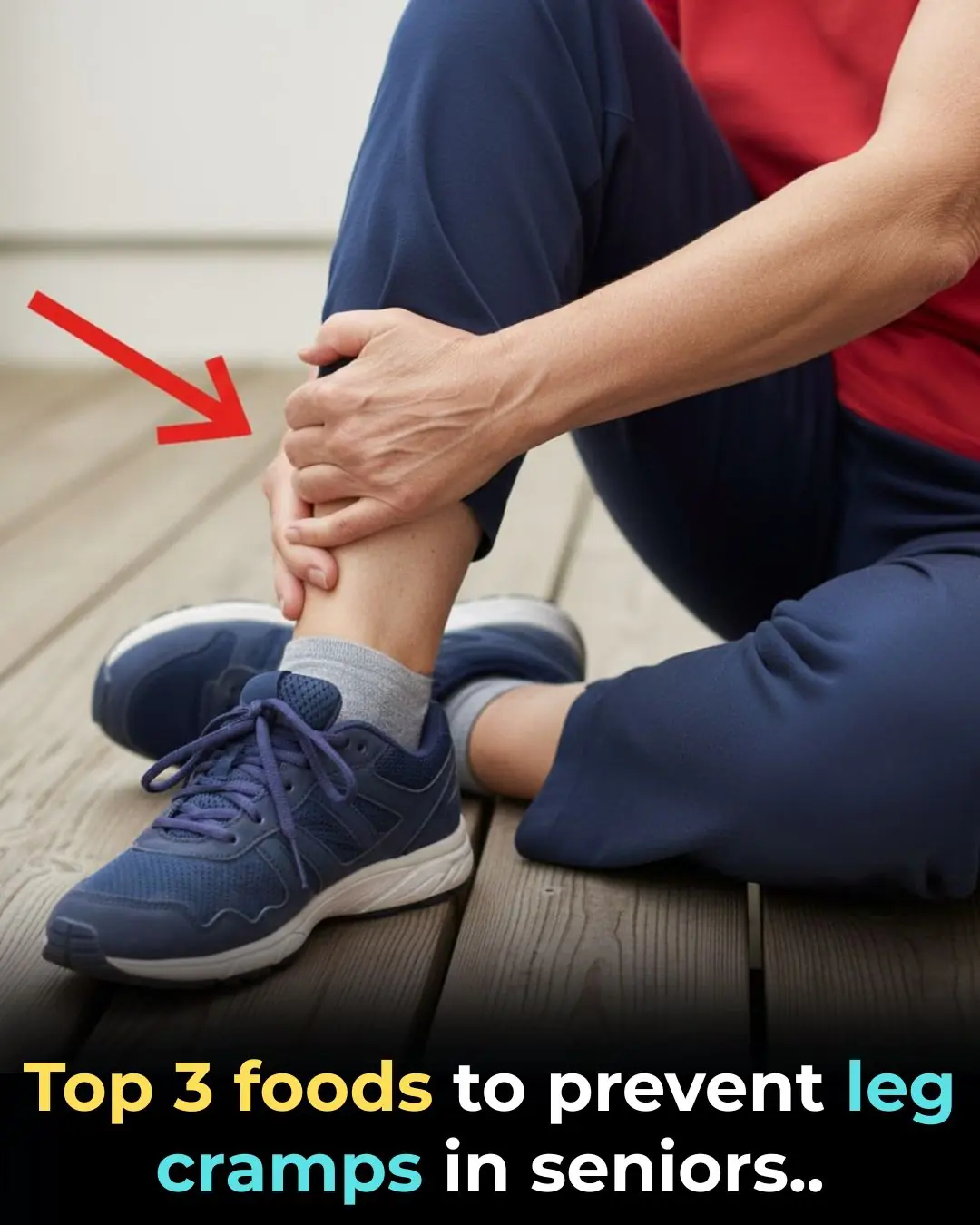
Top 3 Foods to Prevent Leg Cramps in Seniors: Strengthen Your Legs Naturally!

A Single 4g Dose Can Help Clear Heavy Metals, Reduce Microplastics, and Support Brain Cleansing (Not for Daily Use)

The #1 Simple Way to Stop Dementia Before It Starts

4 Powerful Vitamins You Need for Better Circulation – Prevent Blood Clots in Your Legs Now!

7 Ways to Instantly Stimulate Your Vagus Nerve to Reduce Inflammation, Depression, and Migraines
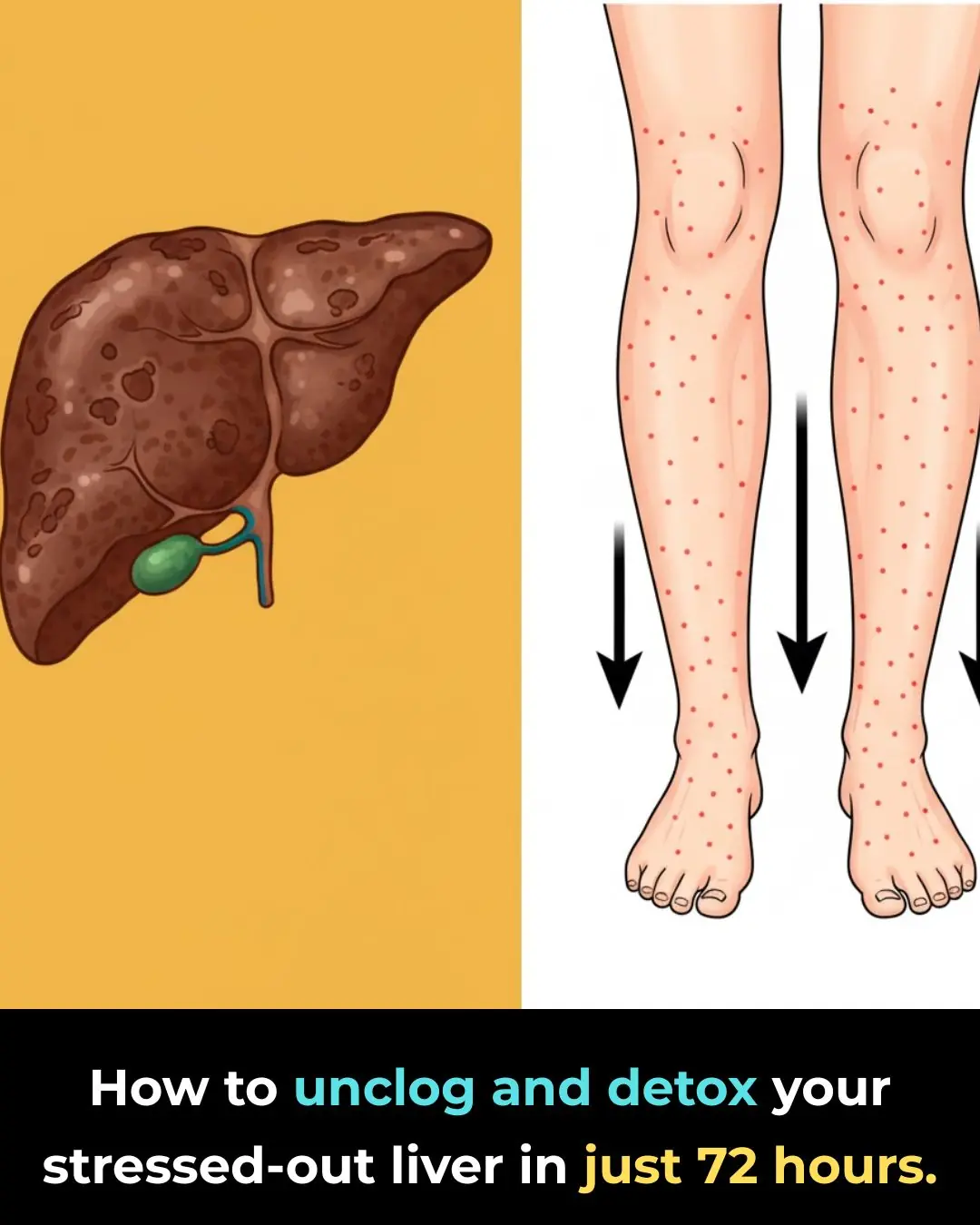
How To Unclog And Detox Your Stressed-Out Liver In Just 72 Hours

Drink one cup daily of this juice to UNCLOG arteries?
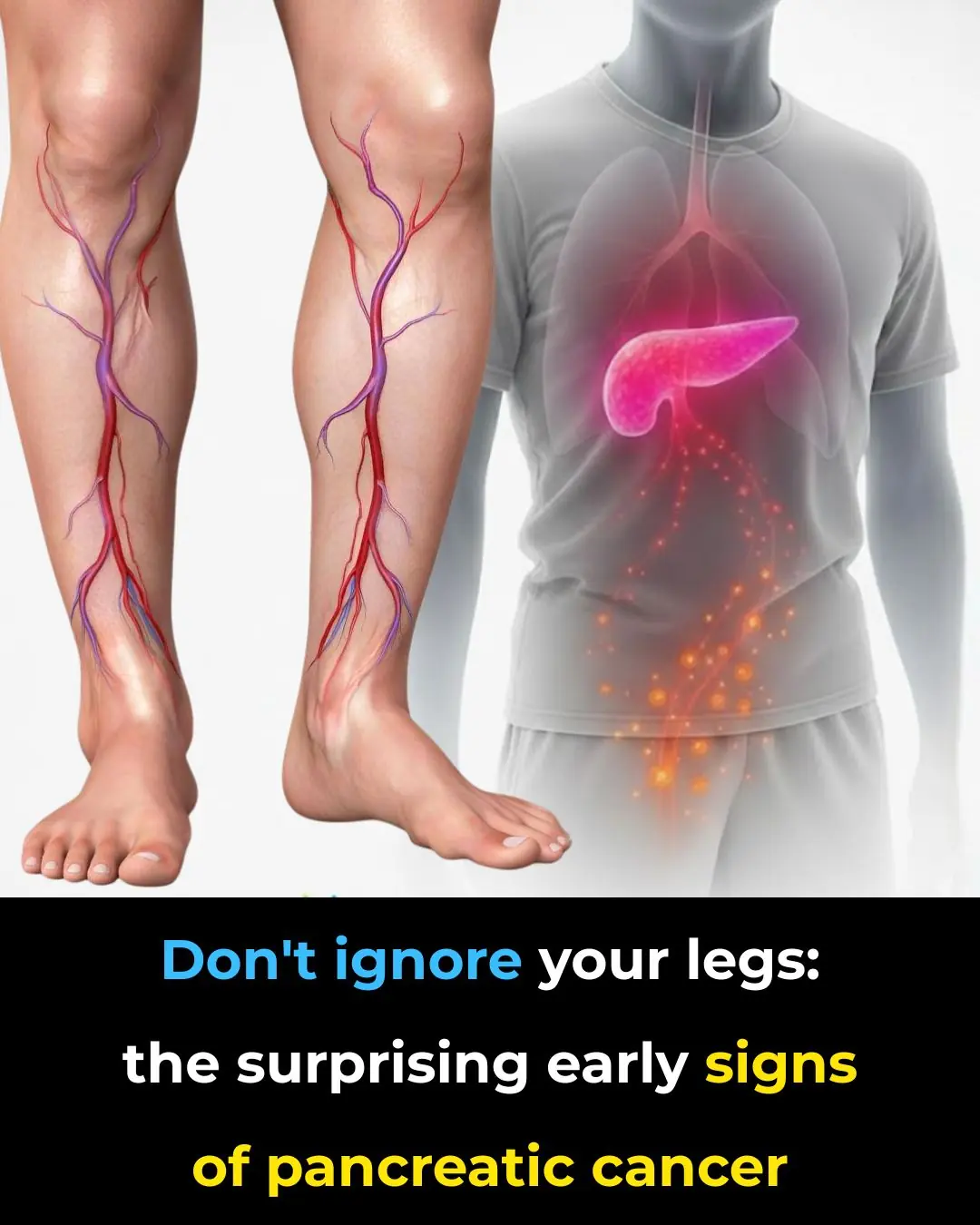
Don’t ignore your legs: the surprising early signs of pancreatic cancer

9 cancer warning signs your body is sending you (don’t ignore these!)

Texas reports 4× surge in whooping cough cases — health officials issue statewide alert

Throat problems may be warning you about hidden blood pressure issues, study finds
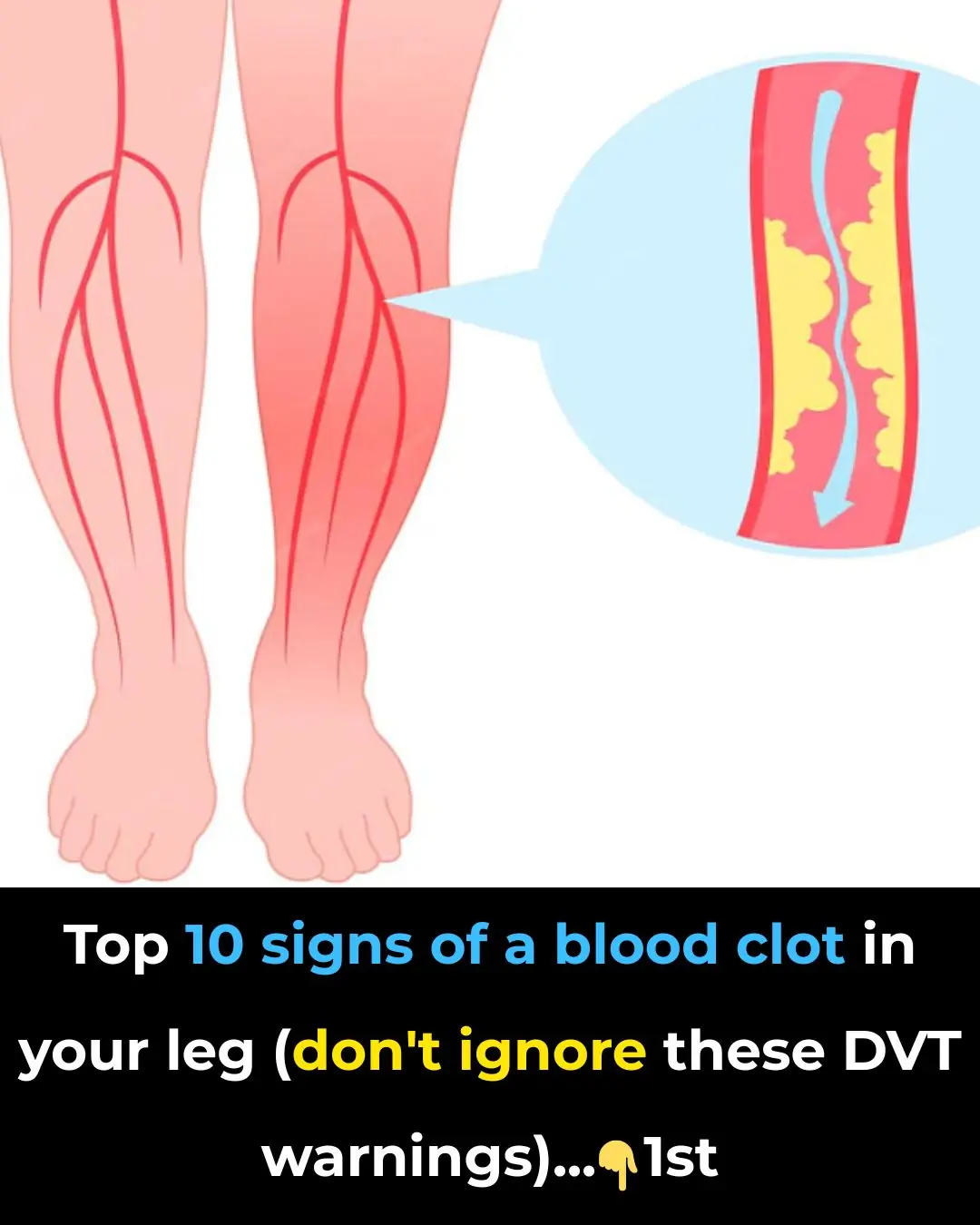
Top 10 signs of a BLOOD CLOT in your leg (prevent Deep Vein Thrombosis)

Say Goodbye to Parasites, Cholesterol, High Blood Pressure, and Poor Circulation With This 7-Day Homemade Drink

Drink This 2X a Day to Remove Uric Acid Before it Crystallizes in Your Joints and Becomes Painful

Lower blood sugar naturally by training just 2 leg muscles

3 Food Combo to Strengthen Your Heart

What Your Belly Is Trying to Tell You

1/4 teaspoon reverses gut inflammation & cleanses liver toxins
News Post

Inside Lee Mack’s marriage with rarely-seen wife Tara – from ‘friction’ at home to son who appeared on his BBC show
Angus T. Jones, Who Played Jake Harper, Left The Show “Two And A Half Men” 9 Years Ago – This Is Him Today
Nadya Suleman, A Mom Of Octuplets Celebrates Their 15th Birthday
If You See A Bent Tree In The Forest, Start Looking Around Immediately
Scientists Discovered A Sinkhole 630 Feet Underground In China Known As “Heavenly Pits”
Why Drivers Over 70 Face New Rules Nobody Saw Coming

7 tips to eliminate dangerous blood fat

Top 3 Foods to Prevent Leg Cramps in Seniors: Strengthen Your Legs Naturally!

Richard Gere reveals what he misses most after ditching the US for Europe

HBCU Prospects and Atlanta Culture Took Center Stage at MLB All-Star Weekend

Comedian Jeff Dye joins Hollywood exodus, says Newsom ‘scares the s–t out of me’

Worried Pete Wicks’ surgery fears amid secret health condition he’s had for years 'It is getting quite bad'

Prince William and Kate Middleton ‘reserved and formal’ during engagement interview

Woman Develops Liver Cancer from Eating Peanut Butter on Bread, a Common Habit Many People Share

Complaints pour in during I’m A Celebrity 2025 launch as viewers demand a change

‘This Could be Why’: Tina Knowles Reveals the Real Reason She Quietly Went Back to Mathew After He Cheated— and Fans Think This Is Why Beyoncé Stayed with Jay

“I Made Sure Not To Wear All White” | Giants Player Darius Slayton Proposes To Track World Champion Girlfriend Anna Hall

Martin Lewis says 'demon appliance' is the worst in the house for soaring bills
